Ultrafine Cement Grouting
Advantages of Ultrafine Cement Grouting
-
Although the cost of ultrafine cement is typically three to five times higher than traditionall methods it is often more than advanced by the advantages of overall superior performance. here are some advantages of Ultrafine Cement Grouting.
-
Ulrafine cement do not suffer strength reduction with time.
-
Non Disruptive
-
Prevent settlement and heaving
-
Ensure air tightness
-
Good for non well compacted soils
-
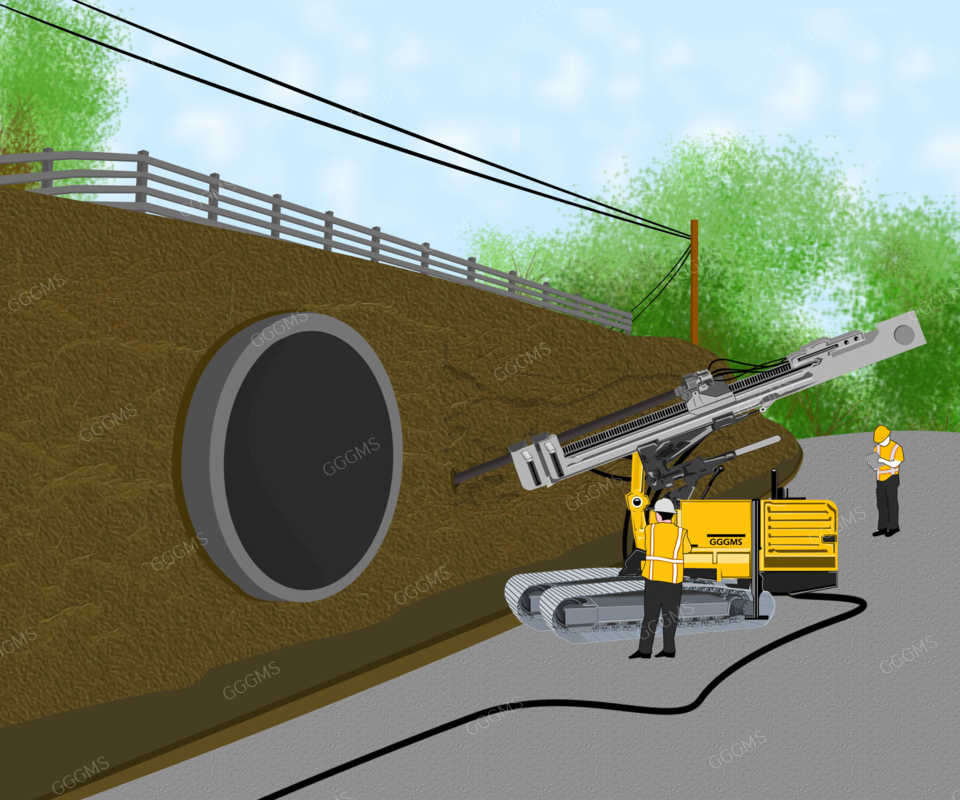
Application of Ultrafine Cement Grouting
Ultrafine cement grouting have a substantial advantage over other chemical grout methods. Listed below are some applications that commonly used Ultrafine cement grout.
-
Preventing settlement of roads and embankments
-
Prevent Heaving and boiling inside coffer dams
-
Stabilization of soil in zones prone to landslide
-
Remedying and preventing differential settlement of oil tanks.
-
Fixation and water sealing in fractured zone
Properties of Microfine Cement
Cement is characterized as a microfine cement if the specific surface area is greater than 8000 cm2/g and the corresponding 95% finer (D95) particle diameter is smaller than 20 µm [10]. In his context, the surface area of microfine cement (Ultrafin 12) is 22.000 cm2/g and 95 percent of its particles is finer than 12 µm. Moreover, it is purely Portland cement-based product. The particle size distribution of microfine cement was determined by particle sizing instrument. It uses the technique of laser diffraction to measure the size of particles. It does this by measuring the intensity of light scattered as a laser beam passes through a dispersed particulate sample. This data was then analyzed tocalculate the size of the particles which created the scattering pattern. The particle size distributions of Ultrafin 12 together with the same kind of other microfine cements.
Microfine Cement Grout
MICROFINE CEMENT is a blast furnace slag-based ultrafine cement intended for specialty grouting applications. With a maximum particle size of ten microns and a median particle size of three microns, MICROFINE CEMENT is able to penetrate very small openings such as soil pores and microscopic rock fissures, in order to improve strength and reduce permeability.
Grout form depends on what kind of soils are present on working site for fracturing grouting are good for cohesive soils, Permeation are for sandy and gravel, while roofing are good for boundaries. the main purpose of this method is to Increase bearing strength, Prevent settlement, ensure air tightness,prevent heaving,seal water and to prevent seepage.
Get in touch!
Contact the specialists at Geo Grout Ground Modification Specialist Inc. of Western United States for your chemical grouting project needs. Call us at (650) 241-2400 for complete information on our Ultrafine Cement Grouting services or email us at inquiries@gggms.com to discuss your Ultrafine Cement Grouting needs today.
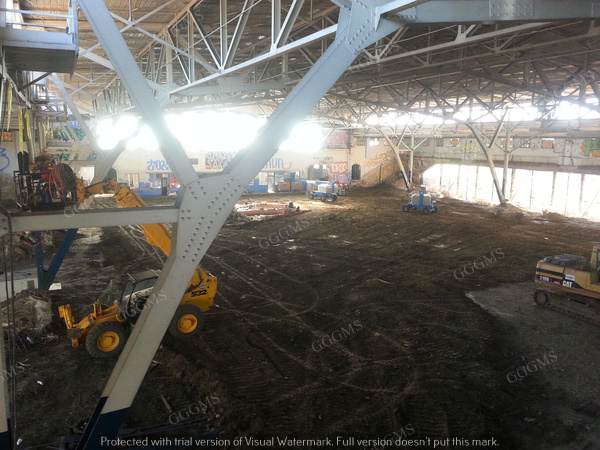
Shoring Contractor
Shoring Services,
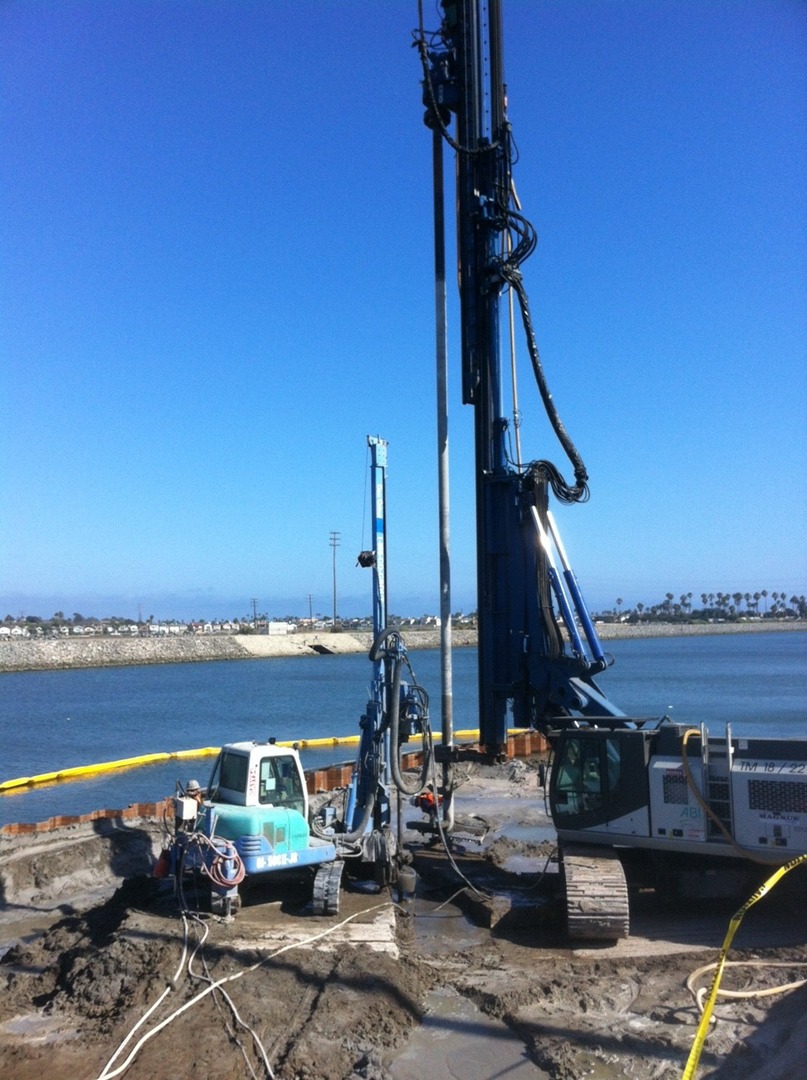
Jet Grouting
Ground Grout Modification,
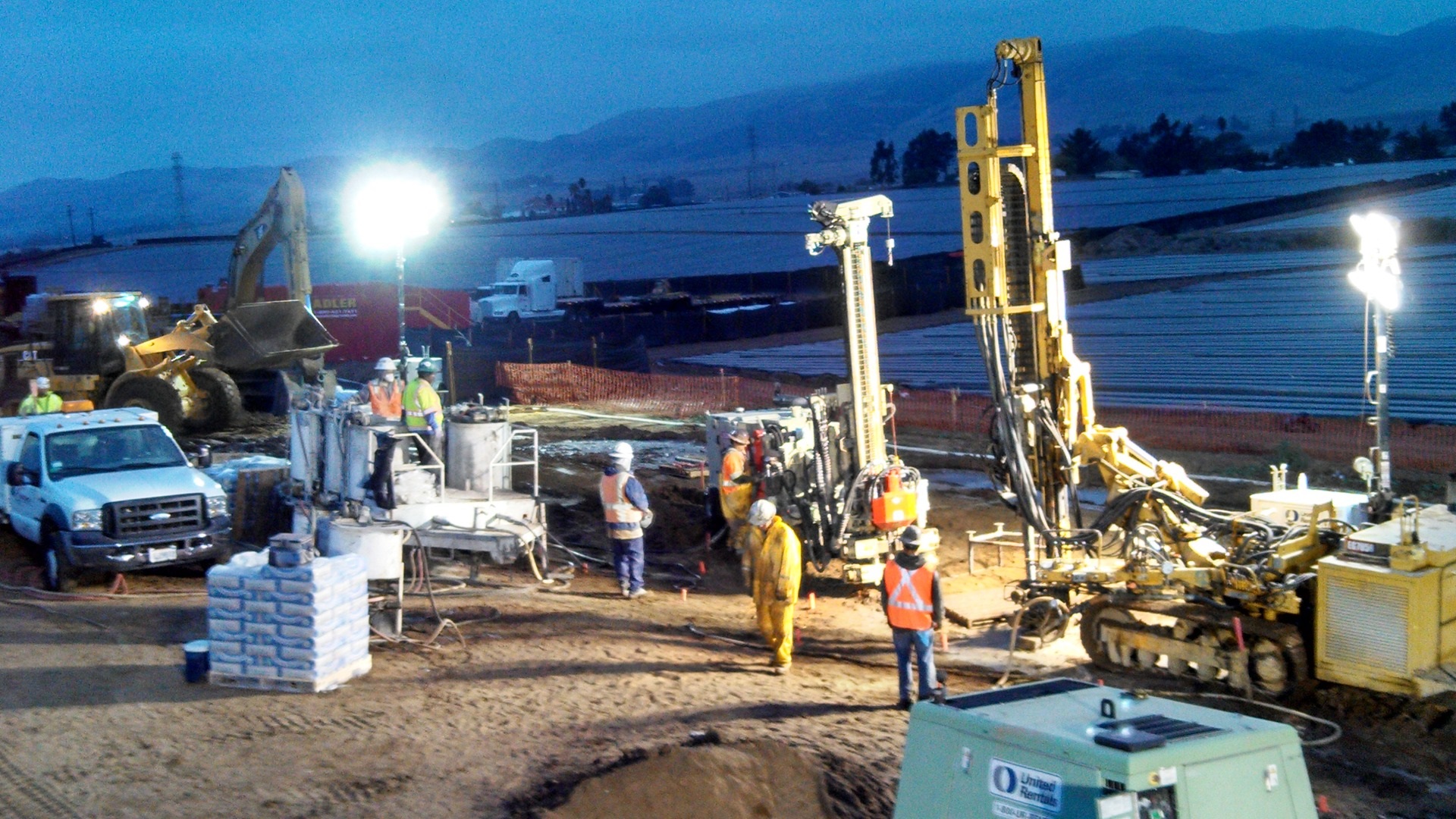
Permeation Grout Contractor
Ground Grout Modification,
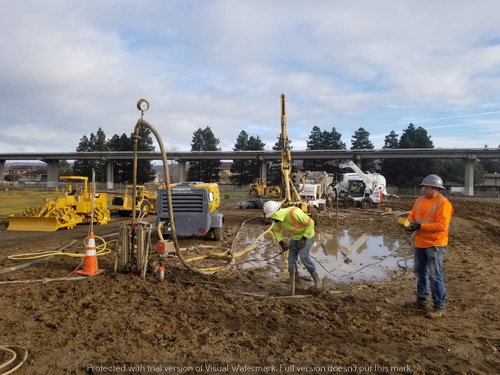
Compaction Grouting Contractor
Ground Grout Modification,
